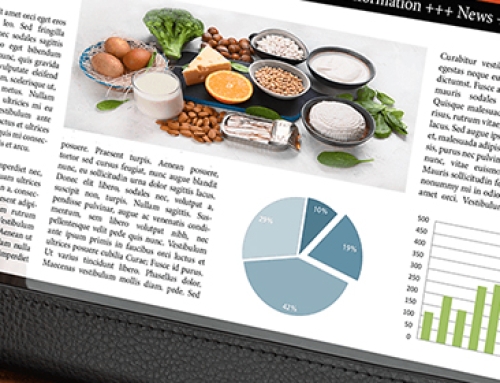A research consortium funded by the European Food Safety Authority (EFSA) has developed a mathematical model to classify fish farms on the basis of risk of introduction and spread of infectious diseases, in order to develop risk-based surveillance for demonstration of disease freedom as required by Council Directive 2006/88/EC.
The project “Risk categorization for Aquatic Animal Health Surveillance” lasted 12 months and was coordinated by the Centre for Environment, Fisheries & Aquaculture Science (Cefas, UK) in collaboration with the laboratory of aquatic epidemiology of the SCS4 – Epidemiology, Services and Research in Veterinary Public Health Laboratory of IZSVe along with the Royal Veterinary College and the Norwegian Veterinary Institute.
How the project was carried out
All relevant risk factors for the introduction and spread of infectious diseases were taken into account, allowing to describe the different type of fish farms in Europe on the basis of their different risk level.
The model was applied to risk categorise fish farms in Italy and England for the Viral Hemorrhagic Septicemia (VHS) and in Norway for Infectious Salmon Anemia (ISA) in the form of case studies. Seventy-five rainbow trout farms from England and Italy, as well as twenty-five Norwegian marine farming sites with Atlantic salmon were selected for the VHS and ISA case study respectively.
The model calculated a quantitative risk score for each individual aquaculture site and so a disease-specific risk score was used to indicate the risk of a farm site being infected with one of the target diseases (IHN, VHS and ISA)
The results
Risk scores for the case study farms in the Italy and England show two different scenaiorus in terms of the risk of introduction and spread of diseases. This is mainly due to: the different health status of Italian and English farms, the different types of farming as well as the different kind of management.
The case studies demonstrated that the model clearly has the capacity to discriminate between farms of different risk levels, demonstrating that the approach is likely to serve its purpose. The model was found to be flexible and easily adjustable for multiple diseases.
The results of the study were recently published in the journal Preventive Veterinary Medicine.
Read the article »Further information
- Chiara Ceolin
cceolin@izsvenezie.it - Manuela dalla Pozza
mdallapozza@izsvenezie.it






![Which is better between wild-caught and farmed fish? [Video]](https://www.izsvenezie.com/wp-content/uploads/2024/01/which-better-wild-farmed-fish-video-500x383.jpg)
